GRAM'S Learning Centre: Education that Makes Difference
Published 16 March 2018 at 10:30
Tickikids Blog Singapore > Digest > GRAM'S Learning Centre: Education that Makes Difference
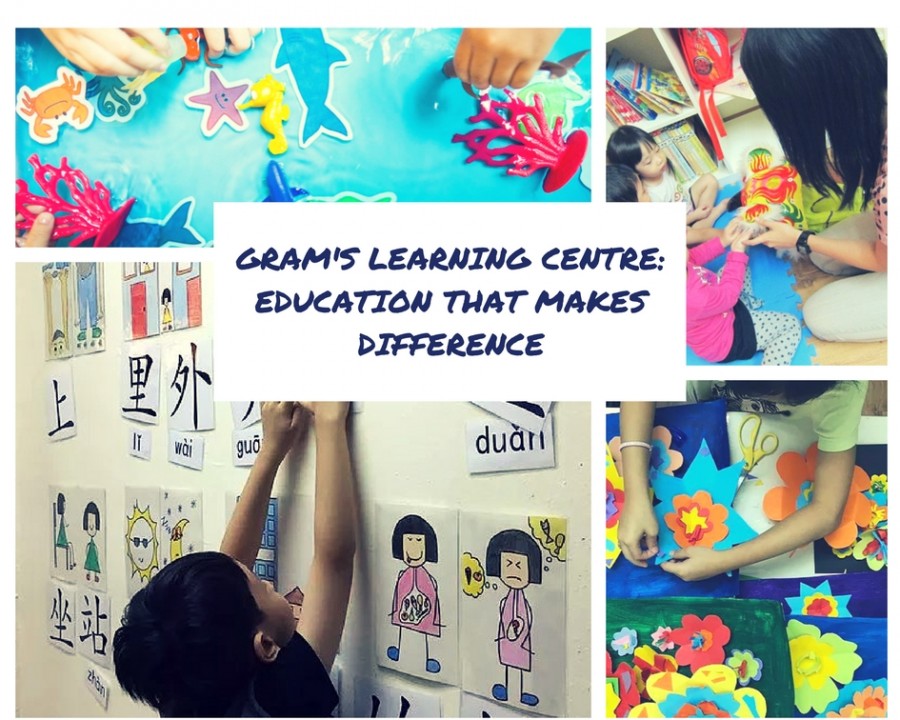
Gram's Learning Centre upcoming workshops
Nowadays the educational journey for children often starts before they can walk or talk. Parents see it as a way to give their loved little ones a head start in lives, so that they succeed through the school years and get to the top colleges later on. Finding the right place that will contribute to the child’s achievements, will develop confidence and love for learning is a challenge many moms and dads face. TickiKids found a great solution to your quest: GRAM’S Learning Centre, a place where your kid’s potential growth is in the center of the attention. Small class size and unique teaching pedagogy ensure every little student has everything they need to shine!
GRAM’S Learning Centre is run by team of dedicated professionals, sharing a vision, that every kid is able to blossom in the friendly and motivating environment. GRAM’S provide the variety of programmes and activities to cater for the educational needs of children aged 3 and above.
Mrs Yvonne Teo , Centre Manager and Co-Founder, shared with us the story of the center and it’s values, as well as explained what makes learning at GRAM’S so productive and special. And what is more, we learnt everything you may need to know about GooeyGRAM and PictoGRAM from the Program Developers!
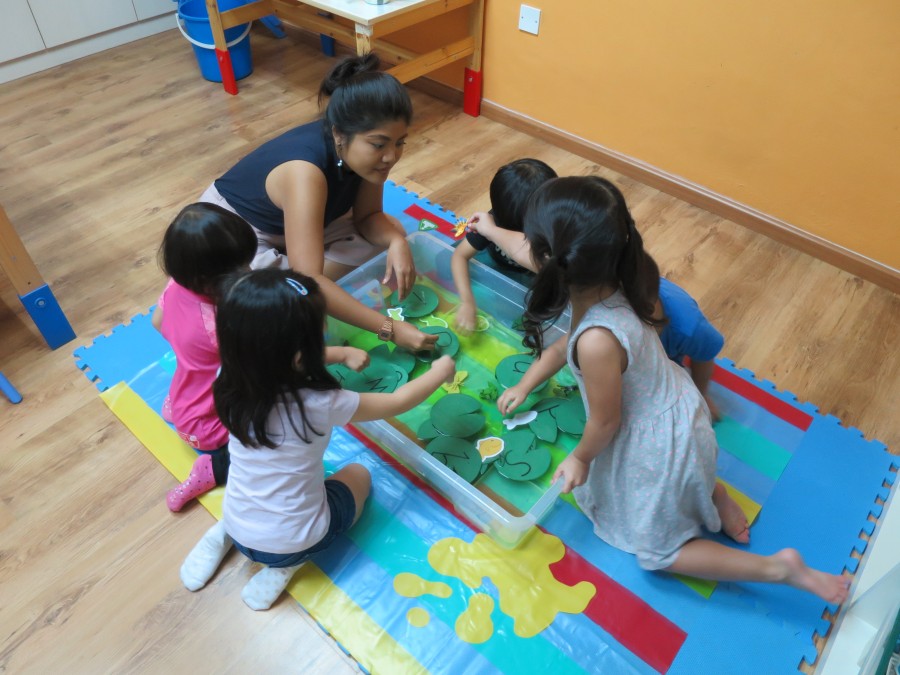
Just to get a better understanding of your project, tell us a bit about the story behind the GRAM’s Learning Centre. Who are the people involved in it? And what brings you all together?
Mrs Yvonne Teo , Centre Manager, Co-Founder:
GRAM’S Learning has been in operation since June 2011.
Led by four childhood playmates with similar beliefs in education and people building, we aim to create a sustainable environment where people employed can work happily, and clients’ needs are met efficiently and ethically.
Our core business is to provide enrichment classes for Art, English & Chinese language in small class settings.
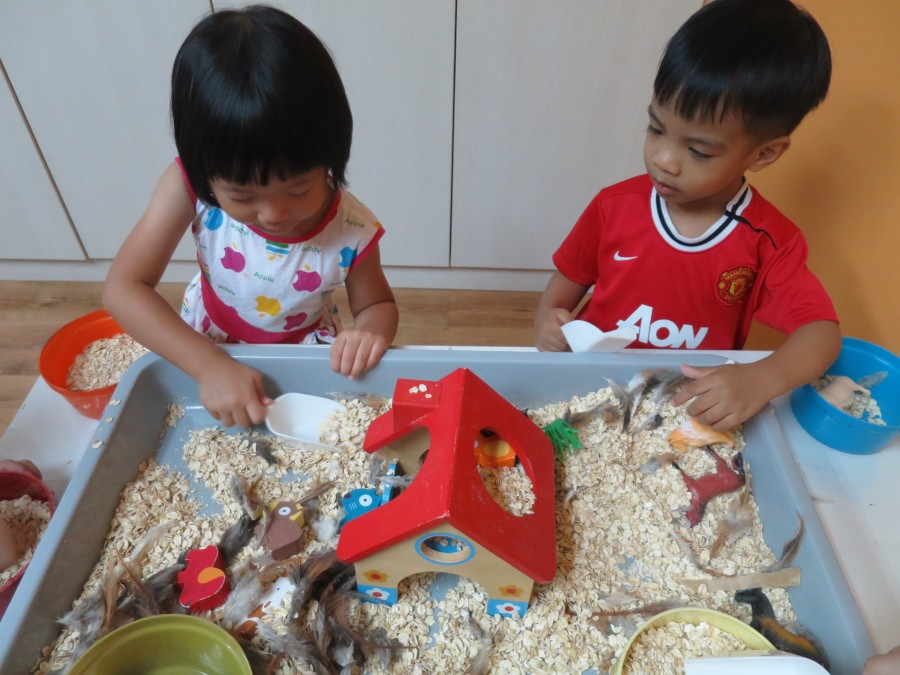
Learning outcomes are of primary importance for both children and parents. We all want studying to be enriching and enjoyable, not a burden of stress and pressure, and at the same time we expect to get the results needed for a kid to grow into a flourishing adult. It can become a real challenge for educators.
So, how do you make sure to achieve you aim to develop the child's academic excellence and responsibilities to family, self and society?
Mrs Yvonne Teo:
We work constantly to create an engaging environment for children to learn and develop one's language, creativity & character.
Academically, our language curriculum is lively, and developed in line with Ministry of Education (MOE)’s syllabus. Taking advantage of the small class sizes, part of the curriculum is driven by topics that interest the students themselves.
Responsibility is a big word, so is Resilience. We see the two coming together hand in hand and note the saying “it takes a village to raise a child’. It starts with the self, and putting values into action. For example, it will not be uncommon to see our teacher getting his/her students to clean up the tables after their lesson for the next class using it and hearing the teachers thanking them. Slowly but surely, the children will pick it up.
At GRAM’S everyone has a responsibility towards the children because we are mindful of the experiences we give or expose the children to – whether as a teacher, a friend or even a stranger, it all adds up and we practise it.
From time to time, we also do community projects and our students are welcome to participate. In March 2016, we did a Free Books Project where pre-loved books are given a chance to find a second home. Contributions came from our students, parents, friends, and even strangers. Some students volunteered to man the booth after their classes. Two of our volunteers from one of the English classes had even written about their experiences and reflections in our blog.
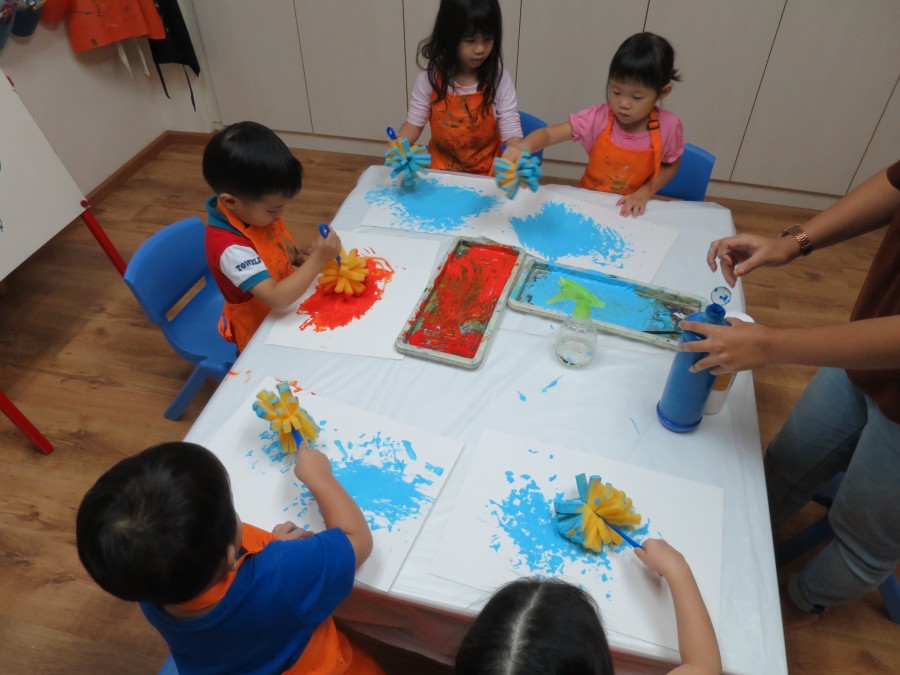
Modern parents can be lost in the number of teaching approaches existing today. Seems we all need an expert explanation on what in fact stands behind the academic terms.
Could you throw light on what process based learning is? And what makes it different from traditional methods of education?
Mrs Yvonne Teo:
The most traditional method of education is pretty much one directional – the teacher being the only active disseminator of information while the students listen and absorb. As educational needs of the society have changed over the years, this method of teaching is no longer relevant especially for art and teaching pre-schoolers, and has been modified to include more teacher-student mind exchange, and to apply learning with more relevance to the real world.
Process based learning focuses more on the process of learning, instead of just the outcome. The teacher takes on a nurturing role when teaching, stretches the children’s thinking capabilities and cheers the children on as they develop their ability to learn independently, both in languages or art.
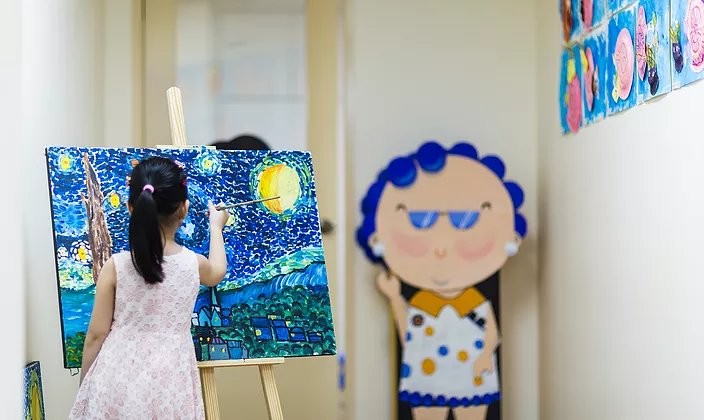
Tell our readers a bit more about your programmes: GooeyGRAM and PictoGRAM. Who were they designed for? What happens during the classes?
Jean, a teacher, GooeyGRAM Programme Developer
GooeyGRAM is a monthly-themed programme that helps children build a strong foundation of the English language through a variety of books driven by children’s interests, building their oratorical skills and reinforcing phonetical sounds. In this programme, children are exposed to a variety of messy and sensorial activities to enhance their learning experiences.
Messy sensorial play activities focus on the process of engaging children in play, rather than the final product of the play activity. It is impossible to list down in detail what children are actually learning through play because it fosters growth in all areas of development.
Take playdough for example, children can enhance their fine-motor skills and hand-eye coordination as they explore with different ways to knead and mould the dough. It also helps in language and social development as the children engage in conversations with the adult/their friends about what they are doing. Lastly, it fosters children’s cognitive development and allows them to use their imagination to create different things with the dough.
*GooeyGram is a course, specially designed for pre-schoolers, aged from 3 to 5.
Sann, a teacher, PictoGRAM Art Programme Developer
The art classes at GRAM’S focuses on process based learning. It allows students to be driven in the creating process as ideas were exchanged among their classmates and facilitators. Students also explore and get equipped with art techniques to create both 2D and 3D forms to best represent their artworks. Much of the curriculum is driven by the students themselves and many of their projects encompass the use of recycled materials.
*Available for kids from 3 to 16.
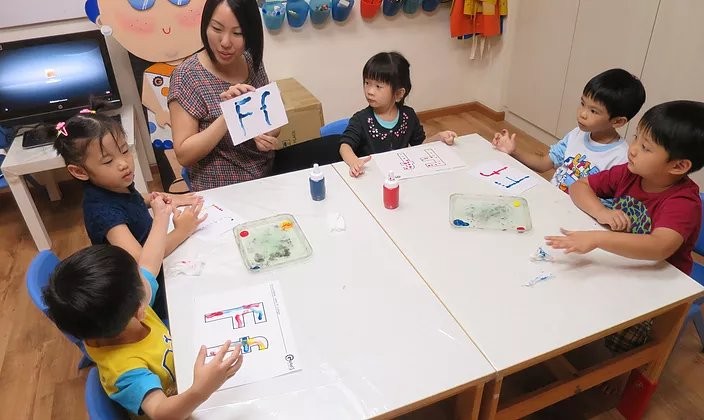
You offer holiday workshops as well. Some parents get skeptical of the educational outcomes of such short programmes. So, what is the benefit for a child of attending this kind of courses?
Mrs Yvonne Teo:
Surprisingly, the parents were the ones who requested for our holiday workshops! They wanted somewhere comfortable where their children can have meaningful non-academic fun during holidays without burning a hole in their pockets.
So we continued with our signature GooeyGRAM/PictoGRAM – Art holiday workshops. They are like taster classes that are theme-specific, designed to give a “taste” of what it will be like taking our regular classes in a small class setting. Depending on the themes, the children get to do science experiments, learn about volcanos, space, sea creatures, famous paintings, etc during their time with us.
The element of process based learning is still nailed in the core design of such workshops.
GRAM'S is a perfect choice for parents, who want their kids to fall in love with learning. The dedication of the whole team to every little student's success provides the necessary conditions for academic and personal growth. Pick the program suitable for your child's interest and goals, the outcomes might surprise even the most demanding moms and dads!